Mulberry Tree
- November 8, 2023
- 0 comment
The mulberry tree, scientifically known as Morus, is a deciduous plant that holds a special place in horticulture and history. Native to Asia, Europe, and North America, this tree is cherished for both its delicious fruit and its versatility. Mulberry trees come in various species, the most common being Morus alba (white mulberry), Morus nigra (black mulberry), and Morus rubra (red mulberry). Mulberries are renowned for their sweet and juicy berries, which vary in color from white to red and dark purple, depending on the species. These fruits are not only delectable but also packed with essential nutrients and antioxidants.
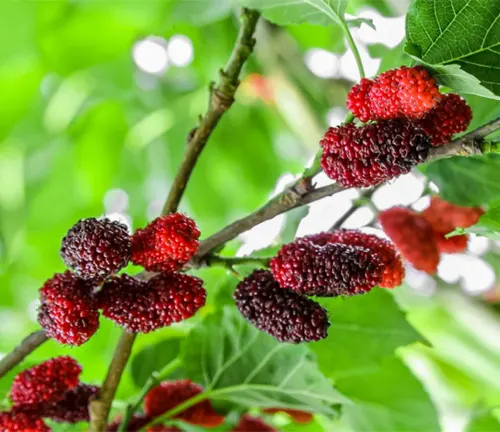
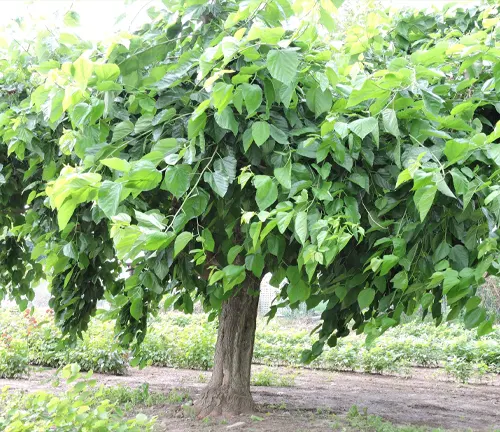
Mulberry trees have been cultivated for thousands of years, with their leaves serving as the primary food source for silkworms, a vital component in the production of silk. Beyond their role in sericulture, mulberries have numerous culinary applications. They can be eaten fresh, dried, or used in various dishes, such as jams, pies, and wines. Additionally, mulberry leaves have been utilized in traditional medicine for their potential health benefits.
The mulberry tree’s attractive, broad leaves and fast growth make it a popular choice for ornamental landscaping. Its timber is also valued for woodworking. Whether you’re a lover of fresh mulberries, a silk enthusiast, or a gardener seeking an elegant shade tree, the mulberry tree’s rich history and versatility continue to make it a beloved and meaningful part of horticultural and cultural landscapes worldwide.
| Characteristics | Description |
| Scientific Name | Morus spp. |
| Common Names | Mulberry tree, White Mulberry (Morus alba), Black Mulberry (Morus nigra), Red Mulberry (Morus rubra) |
| Family | Moraceae |
| Type | Deciduous tree |
| Native Range | Asia, Europe, North America |
| Fruit Color | Varies by species – white, red, dark purple |
| Fruit Taste | Sweet and juicy |
| Culinary Uses | Fresh consumption, drying, jams, pies, wines |
| Silkworm Connection | Leaves are the primary food source for silkworms in sericulture |
| Leaf Shape | Broad, heart-shaped |
| Growth Rate | Fast-growing |
| Landscaping Use | Popular as an ornamental tree |
| Timber Use | Valued in woodworking |
| Medicinal Use | Leaves have traditional medicinal applications |
| Size | Varies by species, generally ranging from 20 to 60 feet in height |
| Leaves | Alternately arranged, serrated edges |
| Bark | Smooth when young, becoming scaly with age |
| Hardiness Zones | Varies by species and location |
| Environmental Impact | Attracts wildlife, including birds |
| Cultivars | Various cultivars with different fruit and leaf characteristics |
| Growing Conditions | Prefers well-drained soil and full sun |
| Maintenance | Pruning required to maintain shape and size |
| Propagation | Can be grown from seeds or cuttings |
Botanical Beauty of the Mulberry Tree
The mulberry tree, scientifically known as Morus, is a botanical wonder that captures the heart and the eye. Its elegant, deciduous foliage and the promise of sweet, succulent fruits make it a beloved addition to gardens and landscapes around the world. While various species of mulberry trees exist, including the White Mulberry (Morus alba), Black Mulberry (Morus nigra), and Red Mulberry (Morus rubra), they all share a common allure. With their distinctive broad leaves, they contribute to the natural beauty that graces our surroundings.
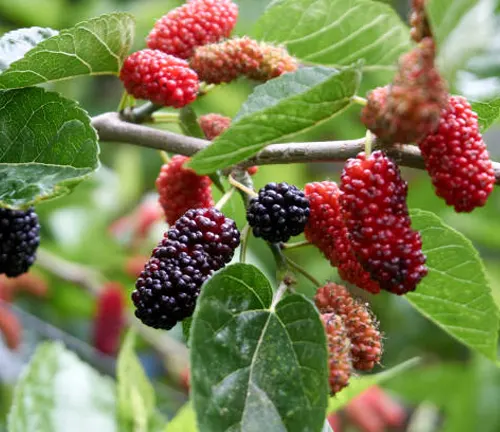
Woodland Elegance
Mulberry trees bring a touch of woodland elegance to any environment they grace. Their leaves, alternately arranged and often heart-shaped, add a unique charm to the landscape. When young, the bark of these trees is smooth and inviting, and as they age, it develops an enchanting, scaly texture. Their growth rate is remarkable, quickly transforming your outdoor space with their verdant beauty.

Ecological Importance
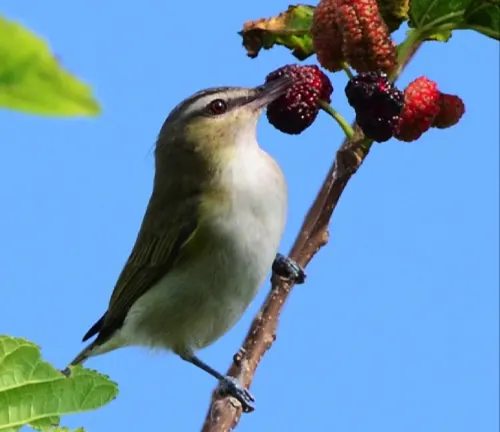
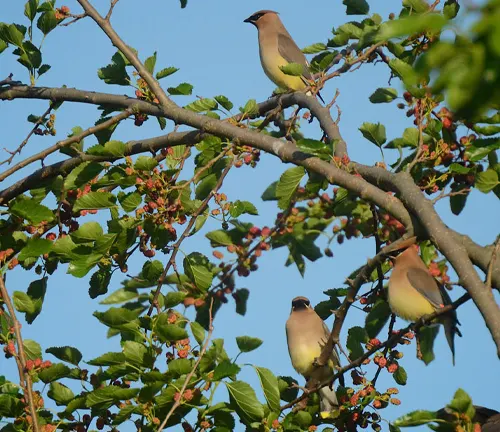
Beyond their aesthetic appeal, mulberry trees play a crucial role in the environment. Their leaves serve as the primary food source for silkworms, supporting the silk industry that has woven itself into the fabric of human history for centuries. Mulberries also attract a variety of wildlife, with birds being particularly drawn to the sweet fruits. This ecological importance extends to the broader ecosystem, demonstrating the interconnectedness of nature.
Cultivation and Conservation
Cultivating mulberry trees has been practiced for thousands of years, both for their fruits and leaves. As time progresses, the conservation of these trees becomes increasingly significant. Preserving the various species and cultivars ensures that we continue to enjoy the numerous benefits they offer, while also protecting their role in history and culture.
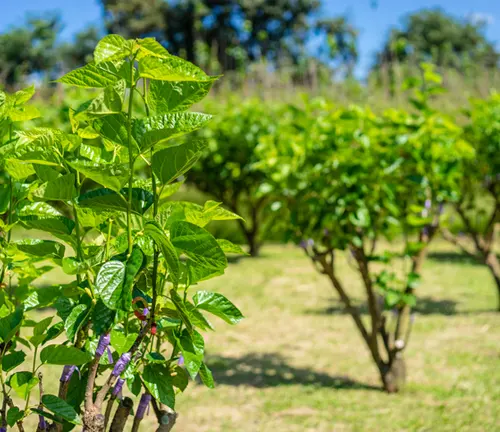
Fragrance
The mulberry tree has a subtle yet distinct fragrance, with the leaves and sometimes the fruits exuding a delightful scent. It’s a sensory experience that adds another layer of allure to these trees, making them a pleasure to be around.
Soil Stabilization
Mulberry trees contribute to soil stabilization, their extensive root systems helping to prevent erosion. They are particularly valuable in areas prone to soil loss, making them a practical choice for environmental conservation and landscaping.

Common Uses
Mulberries have a multitude of common uses, making them an essential part of our lives. The sweet and juicy fruits can be enjoyed fresh, dried, or used to create an array of culinary delights, including jams, pies, and wines. Mulberry leaves are not only a staple for silkworms but have also been employed in traditional medicine for their potential health benefits.

Benefits
The mulberry tree provides a wide range of benefits, from its delicious and nutritious fruits to its role in silkworm rearing. It’s a source of timber for woodworking, a charming ornamental tree, and an ecological cornerstone. Its roots stabilize the soil, and its fragrance adds a touch of nature to our surroundings. The mulberry tree reminds us of the profound connections between culture, history, and the natural world, showcasing the importance of preserving its botanical beauty for generations to come.
Different Species
Morus alba
(White Mulberry)
This species is native to China and is widely cultivated for its sweet, white, or pale-colored fruits. White mulberries are known for their heart-shaped leaves and are often grown for their leaves as well, which are the primary food source for silkworms in sericulture.
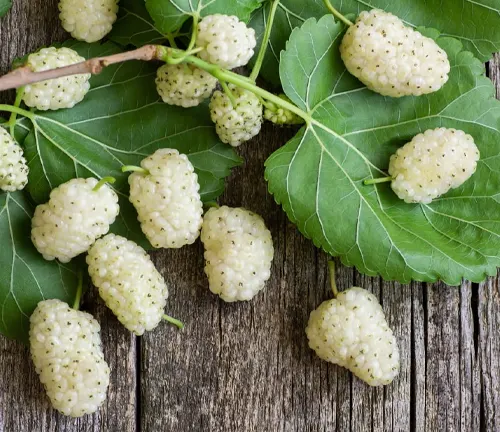
Morus nigra
(Black Mulberry)
Originating from Western Asia, the black mulberry is esteemed for its dark purple to almost black, sweet, and juicy fruits. It is considered one of the tastiest mulberry species and is often grown for its culinary value.
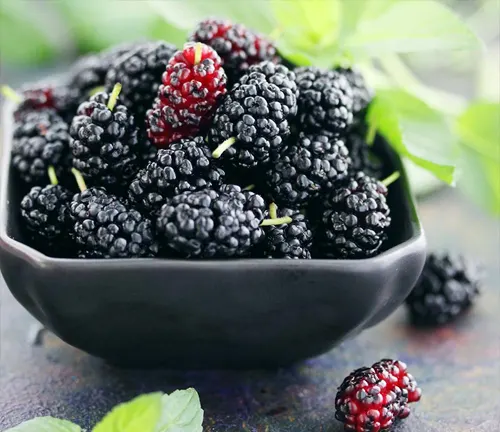
Morus rubra
(Red Mulberry)
Native to North America, the red mulberry produces red or dark purple, sweet fruits. It is the only native mulberry species in the United States and has ecological importance as it supports local wildlife.

Morus macroura
(Himalayan Mulberry)
This species is found in the Himalayan region and is known for its long, cylindrical fruits. It is cultivated for its fruit and leaves, similar to other mulberry species.
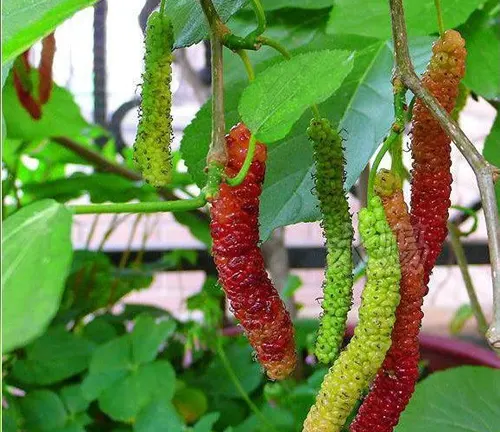
Morus multicaulis
(Chinese Mulberry)
Originally from China, this species is often used for ornamental purposes and is known for its slender, weeping branches.
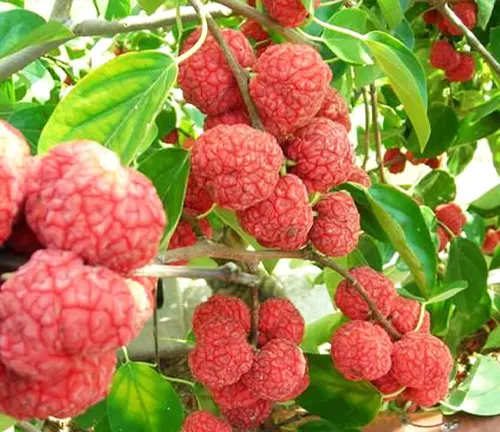
Morus mesozygia
(African Mulberry)
Found in Africa, this species produces dark purple fruits and is valued for its shade, fruits, and timber.
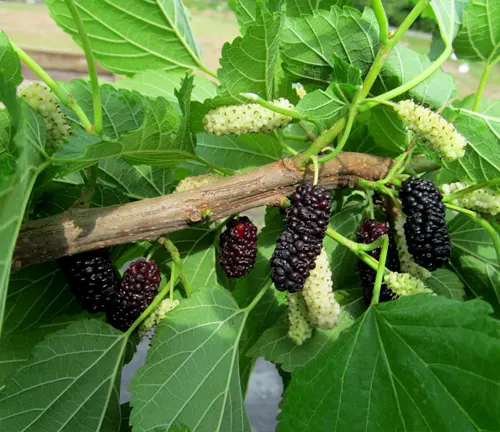
Morus microphylla
(Texas Mulberry)
Native to North America, the Texas mulberry is a small tree with tiny leaves and produces red or dark purple fruits. It is often grown for its ornamental value and as a shade tree.
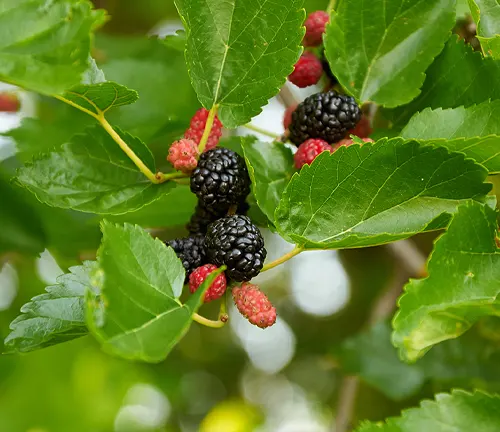
Morus australis
(Australian Mulberry)
This species is native to Australia and produces sweet, red or purple fruits. It is cultivated for its fruit and ornamental value.
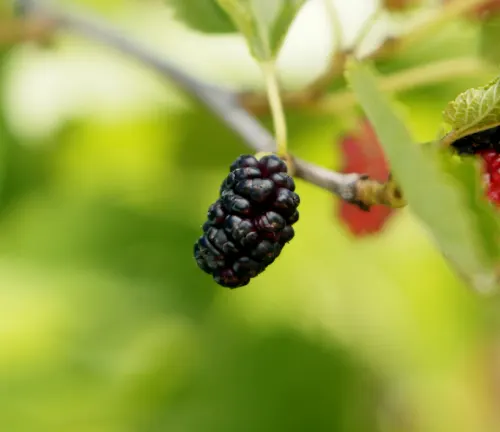
Frequently Asked Questions (FAQs)
- What is a mulberry tree?
A mulberry tree is a deciduous tree belonging to the Morus genus, known for its sweet and juicy fruits. It has various species, including white, black, and red mulberries. - How do I identify different mulberry species?
Mulberry species can be identified by factors such as the color and taste of their fruits, the shape and size of their leaves, and the appearance of their bark. - What are the common uses of mulberries?
Mulberries are commonly used for fresh consumption, drying to make raisins, and in culinary creations like jams, pies, and wines. Mulberry leaves are also used in traditional medicine and are the primary food source for silkworms. - How do I care for a mulberry tree in my garden?
Mulberry trees thrive in well-drained soil and require full sun. Regular pruning is essential to maintain their shape and size, and they may need protection from birds if grown for fruit production. - What is the ecological importance of mulberry trees?
Mulberry trees play a critical role in the ecosystem. They are a food source for wildlife, and their leaves are essential for the sericulture industry, providing food for silkworms. - Are mulberry trees suitable for landscaping?
Yes, mulberry trees are popular choices for landscaping due to their elegant appearance and fast growth. They provide shade and ornamental value to gardens. - Can I grow mulberry trees from seeds or cuttings?
Yes, mulberry trees can be grown from seeds, but it’s often more reliable to propagate them from cuttings or grafted stock to ensure desirable fruit characteristics. - What are the potential health benefits of mulberry leaves?
Mulberry leaves have been used in traditional medicine and are believed to have various health benefits, including blood sugar regulation and potential antioxidant properties. - How do I choose the right mulberry tree for my location?
The choice of mulberry species depends on your climate, soil conditions, and intended use (e.g., fruit production or ornamental purposes). Consult with local experts for specific recommendations. - Are there any specific pests or diseases that affect mulberry trees?
Mulberry trees can be susceptible to pests like aphids and diseases such as powdery mildew. Regular maintenance and proper care can help prevent these issues.



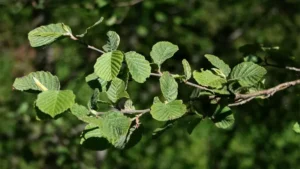
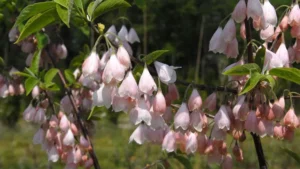




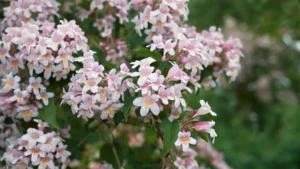

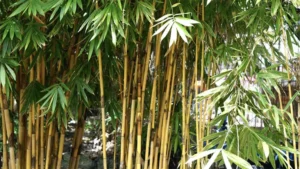

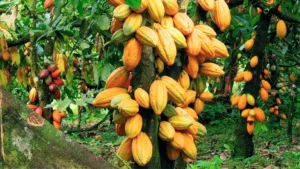
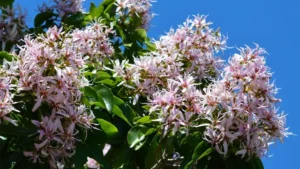
Leave your comment